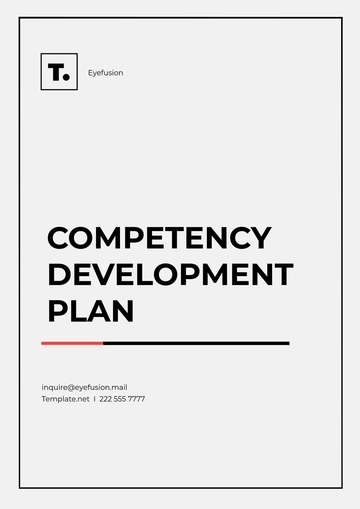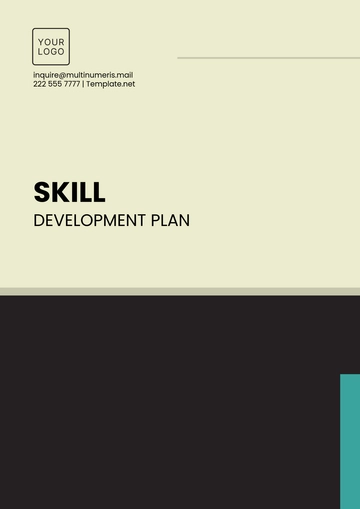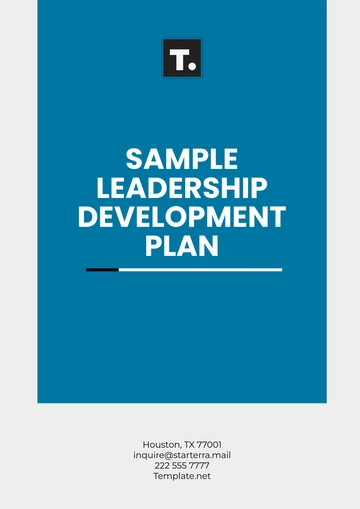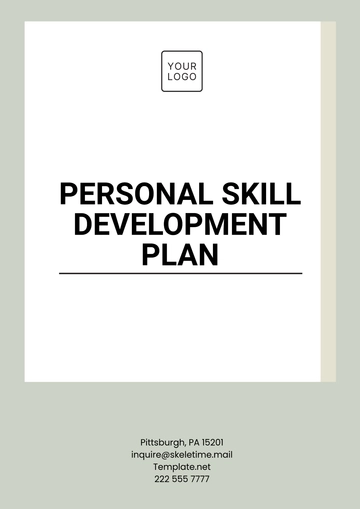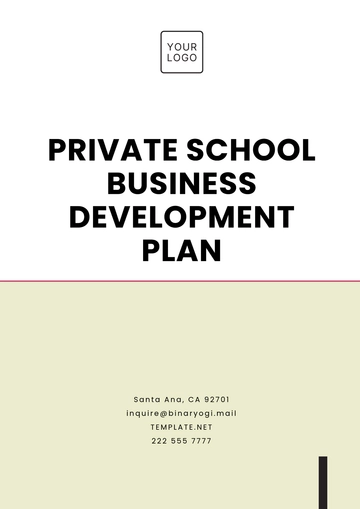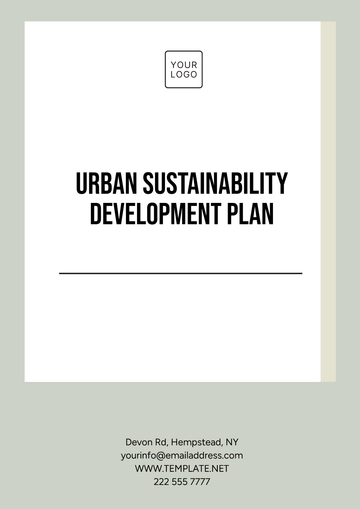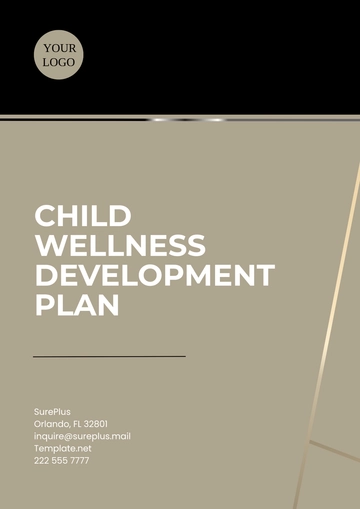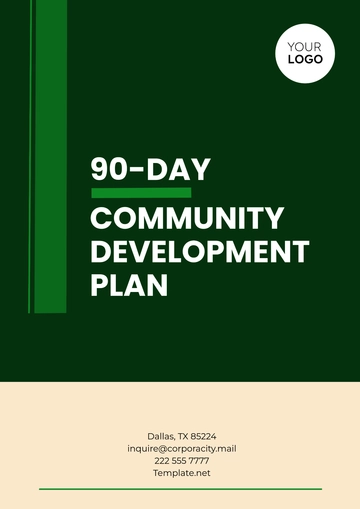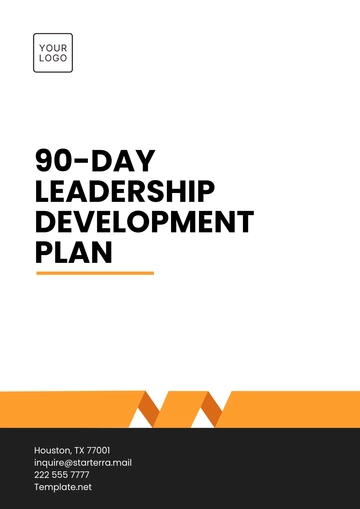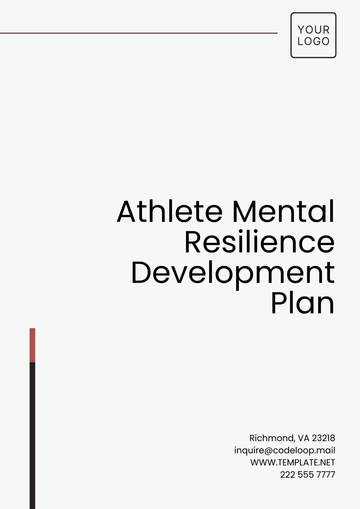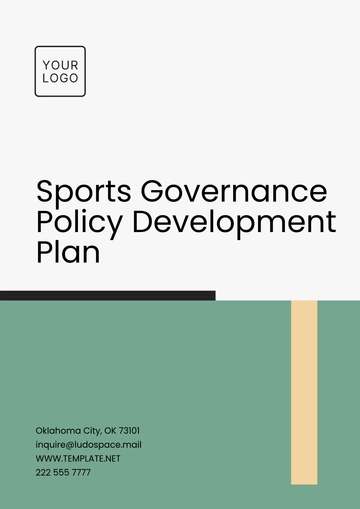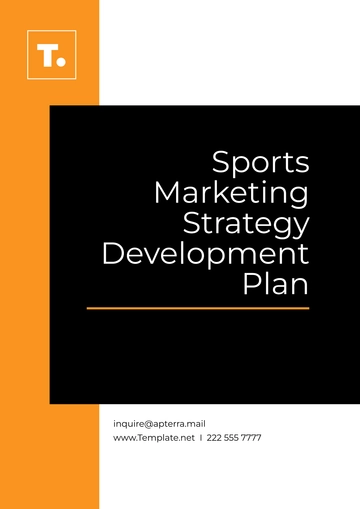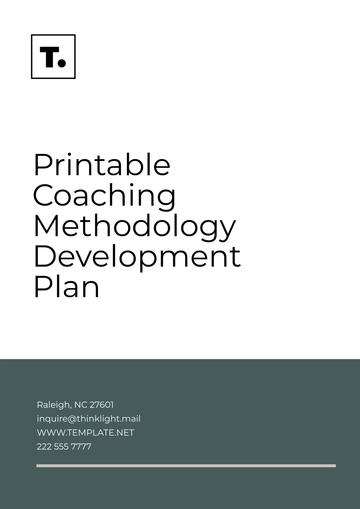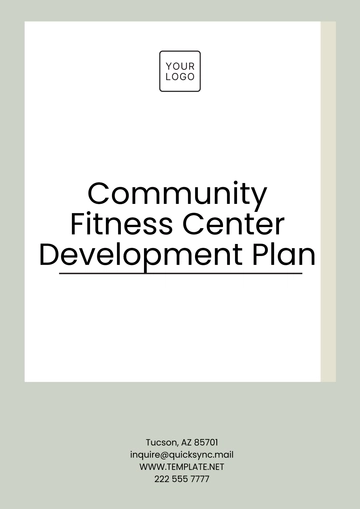Free Strategic Development Plan
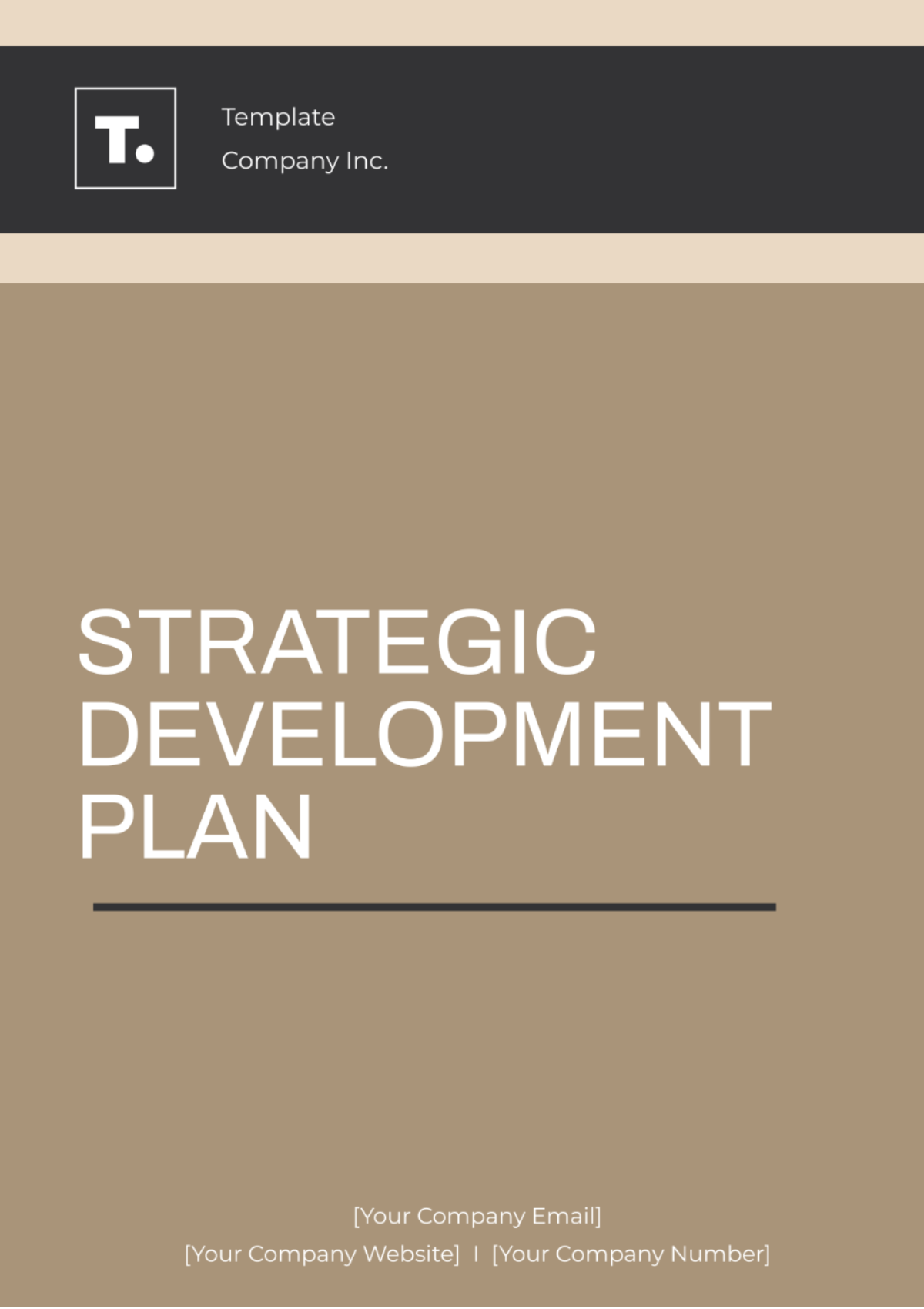
Name | [YOUR NAME] |
|---|---|
Company | [YOUR COMPANY NAME] |
Date | [DATE] |
I. Executive Summary
[YOUR COMPANY NAME]'s Strategic Development Plan outlines a comprehensive roadmap to position the company as a global leader in sustainable innovation. By focusing on market leadership, innovation excellence, and operational efficiency, [YOUR COMPANY NAME] aims to capitalize on emerging opportunities while mitigating potential threats in the external environment.
II. Vision, Mission, and Values
A. Vision
[YOUR COMPANY NAME]'s vision is to become a global leader in sustainable innovation, driving positive change for future generations.
B. Mission
Our mission is to empower businesses and communities through cutting-edge technology and responsible practices, creating a brighter and more sustainable future.
C. Core Values
Innovation: We embrace creativity and continuous improvement to drive meaningful change.
Integrity: We operate with honesty, transparency, and ethical principles in all our endeavors.
Collaboration: We foster partnerships and teamwork to achieve shared goals and maximize impact.
III. Environmental Analysis
A. Internal Analysis
Strengths: [YOUR COMPANY NAME] boasts a talented workforce, a strong brand reputation, and robust financial resources.
Weaknesses: Limited market penetration in emerging sectors and potential gaps in digital infrastructure.
B. External Analysis
Opportunities: Growing demand for eco-friendly solutions, expansion into new markets, and advancements in technology.
Threats: Intense competition, regulatory challenges, and economic uncertainty.
IV. Strategic Goals and Objectives
A. Goal 1: Market Leadership
Achieve a 20% increase in market share within the next three years.
Key Result Area 1: Expand product offerings to meet evolving customer needs.
Key Result Area 2: Strengthen distribution channels and partnerships.
B. Goal 2: Innovation Excellence
Launch three new sustainable product lines by [YEAR].
Key Result Area 1: Invest in R&D to drive product innovation and differentiation.
Key Result Area 2: Foster a culture of creativity and idea generation among employees.
C. Goal 3: Operational Efficiency
Improve supply chain efficiency by 15% by optimizing logistics and inventory management.
Key Result Area 1: Implement lean manufacturing practices to reduce waste and streamline production processes.
Key Result Area 2: Enhance data analytics capabilities to forecast demand and minimize stockouts.
V. Strategies and Initiatives
A. Strategy 1: Customer Centricity
Launch a customer feedback program to gather insights and enhance service offerings.
Develop personalized marketing campaigns to strengthen customer engagement and loyalty.
B. Strategy 2: Sustainability Leadership
Obtain third-party certifications to validate our commitment to sustainability and corporate responsibility.
Partner with NGOs and environmental organizations to support community initiatives and environmental conservation efforts.
C. Strategy 3: Talent Development
Implement training programs to upskill employees and foster a culture of continuous learning.
Enhance employee benefits and wellness initiatives to attract and retain top talent.
VI. Implementation Plan
A. Timeline
Year 1 | Focus on laying the foundation for strategic initiatives and building internal capabilities. |
Year 2 | Roll out key initiatives and monitor progress toward strategic goals. |
Year 3 | Evaluate results, make adjustments as needed, and prepare for future growth opportunities. |
B. Responsibilities
Executive Leadership: Provide strategic direction and oversight.
Department Heads: Lead implementation efforts and ensure alignment with organizational objectives.
Cross-functional Teams: Collaborate on initiatives and drive execution.
C. Resource Allocation
Budgetary considerations: Allocate funds for R&D, marketing campaigns, and talent development initiatives.
Staffing requirements: Identify key personnel and allocate resources to support strategic initiatives.
VII. Monitoring and Evaluation
A. Key Performance Indicators (KPIs)
Market Share Growth
Product Innovation Rate
Supply Chain Efficiency
Customer Satisfaction Index
B. Review Mechanisms
Quarterly Performance Reviews: Assess progress towards strategic goals and identify areas for improvement.
Annual Strategic Planning Sessions: Review environmental factors and adjust strategic priorities as needed.
VIII. Risk Management
A. Risk Identification
Market Volatility: Fluctuations in demand or economic conditions could impact revenue and profitability.
Regulatory Compliance: Changes in regulations or industry standards may require adjustments to operations and practices.
Cybersecurity Threats: Data breaches or security breaches could compromise sensitive information and damage reputation.
B. Risk Mitigation Strategies
Diversification: Expand into new markets or product lines to mitigate dependence on specific sectors.
Compliance Monitoring: Stay abreast of regulatory changes and implement proactive measures to ensure compliance.
Cybersecurity Measures: Invest in robust cybersecurity infrastructure and employee training to mitigate cyber threats.
IX. Conclusion
[YOUR COMPANY NAME]'s Strategic Development Plan sets forth a strategic framework that aligns with the company's vision, mission, and core values. By prioritizing strategic goals and initiatives, [YOUR COMPANY NAME] aims to leverage its strengths, capitalize on opportunities, and mitigate risks to achieve sustainable growth and competitive advantage in the global marketplace. With a commitment to innovation, sustainability, and operational excellence, [YOUR COMPANY NAME] is well-positioned to navigate challenges and emerge as a leader in driving positive change for future generations.
- 100% Customizable, free editor
- Access 1 Million+ Templates, photo’s & graphics
- Download or share as a template
- Click and replace photos, graphics, text, backgrounds
- Resize, crop, AI write & more
- Access advanced editor
Maximize your business potential with Template.net's Strategic Development Plan Template. Tailored for modern enterprises, this customizable and editable template empowers you to outline your strategic goals effortlessly. Crafted with precision and foresight, it's designed to streamline your planning process. With the integrated AI Editor Tool, achieve strategic clarity and drive growth like never before.
